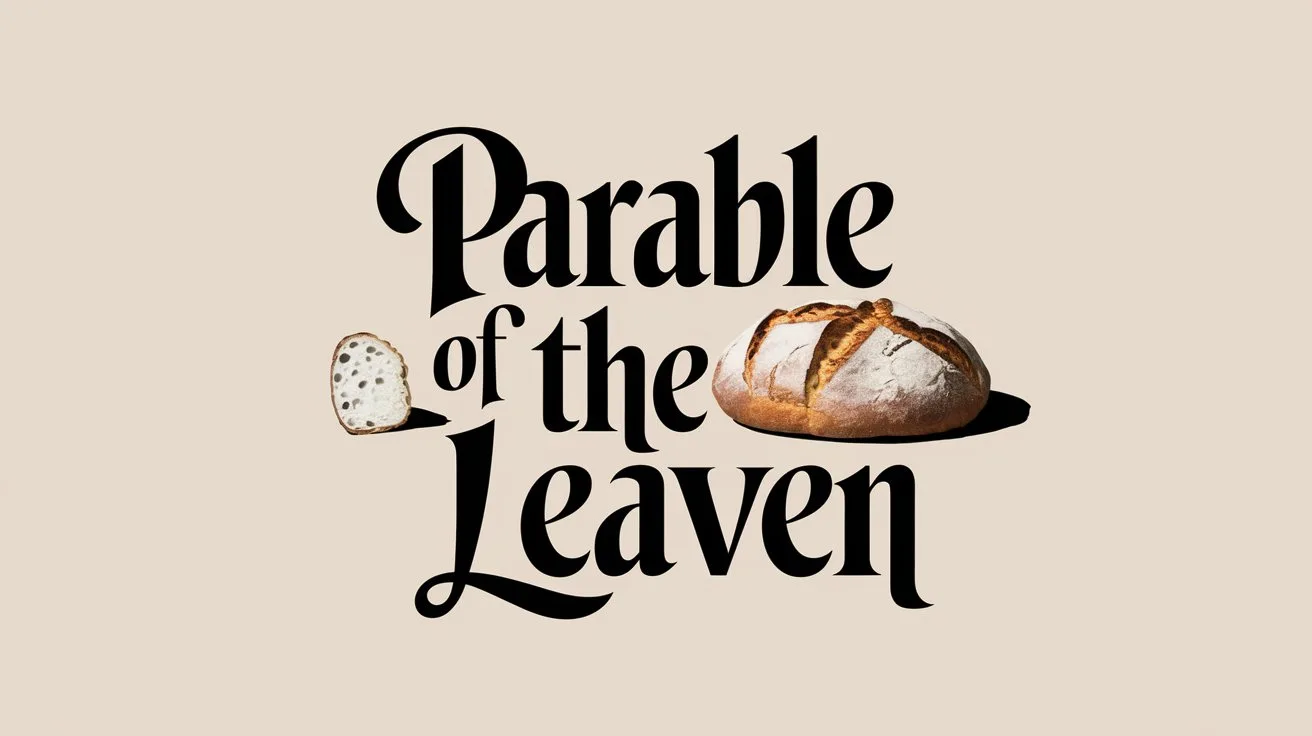Fig leaves first appear in the Bible in the account of the fall of man, where they symbolize human effort to cover sin and shame. After Adam and Eve disobeyed God by eating from the tree of the knowledge of good and evil, they became aware of their nakedness. Genesis 3:7 says:
“Then the eyes of both of them were opened, and they knew that they were naked; and they sewed fig leaves together and made themselves coverings.”
This act of sewing fig leaves was mankind’s first attempt to deal with sin through self-made solutions. It represents the futility of trying to cover guilt without repentance or divine intervention. God later replaced their fig leaf coverings with garments made from animal skins (Genesis 3:21), indicating that only a covering involving the shedding of blood would be acceptable.
The fig tree and its leaves appear elsewhere in Scripture with symbolic meaning. In Matthew 21:19, Jesus cursed a barren fig tree:
“And seeing a fig tree by the road, He came to it and found nothing on it but leaves, and said to it, ‘Let no fruit grow on you ever again.’ Immediately the fig tree withered away.”
This act was not arbitrary. The fig tree, full of leaves but lacking fruit, symbolized outward religion without inward righteousness. It represented Israel’s condition at the time, visibly religious but spiritually barren.
Fig leaves, then, are linked to themes of false covering, spiritual barrenness, and outward appearance without substance. They remind believers that only God can provide true righteousness through faith and obedience, not through external coverings or human attempts to deal with sin.







